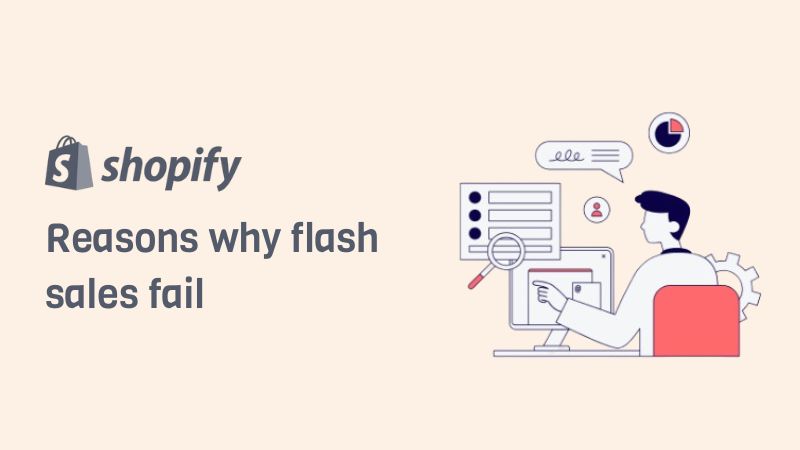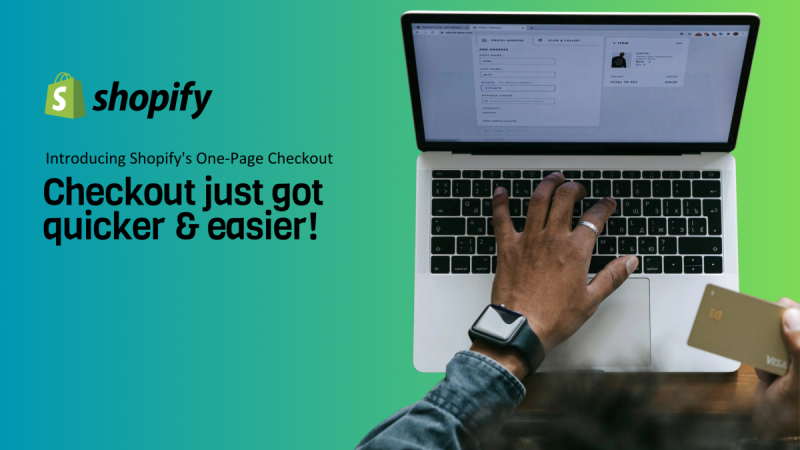After reading and Experience of last year’s working closely with clients, we have found out that there are two things which very much critical for any Brand to stay on top in 2018
1) Relevant Content Creation as per Customer Persona
2) Mapping or Distributing Content according to Buyer’s Journey
So let’s find it, which are the trends to watch for the year 2018
1) Creation of Niche content
This means if Brands wants to stand out then they have to drill down or have to take deep dive to understand their ideal customers and its behavior. They have to do customer segmentation and deliver the content according to the journey customers are into.
What Brand can do to follow this trend?
So for Exp: If you are targeting Travelers then instead of targeting “Top Travelling Destination” Brand has to be specific on “Top Adventure Vacation for Couples”
Or
A Brand who is into fitness and bodybuilding should explore niche target audience to start with rather than generic. What we suggest by this, instead of targeting Bodybuilding they can identify targets like Bodybuilding for 40+ Dads
2) Adaptation of Voice based search or Content
According to Garner predication, the world is moving to screen less search, recent trends have been seen that younger people have started using voice search on their mobile. It means that your future customers are more likely to use Voice search or Voice Assistant like Google or Apple’s Siri or Amazon’s Alexa.
What Brands can do?
Since there is always a difference between the way we speak the way we type, brands have to adapt to natural language search. Instead of focusing on particular keywords, a brand needs to focus on long tail phrases or answering questions the way Human speak to each other.
Few thing a Brand can do
- Create more relevant content with long and specific phrases
- While keeping in mind keywords they have to keep word which speaks to naturally
- Majority of Voice search is from mobile so have to see content presented very on Mobile devices (Mobile Friendly)
- For Local “near me” searches, brand has to optimize their content as per local language
3) Smaller but relevant content
It was recommended earlier that if your article is long and having more than 3000 words, it’s more likely be featured on search engines. This is all good if your intention is to rank in SERPs, but remember nowadays social is driving more traffic then lengthy content.
People prefer to consume same content via Videos or Visuals rather than reading them on mobile
What Brands can do?
- Create Infographic
- Create Videos related to relevant topics, which can be shared via Social Media Channels easily
4) Change of Influence Marketing
Past all research shows that 90% of people trust on a recommendation by individuals over brands. Even Google trends show steady growth on the influencer marketing YoY basis we are not denying that influencer marketing is one the key areas of the Brand which needs to be addressed while they make their marketing strategy.
But we recommend that instead of aiming for volume, a brand needs to identify influence which has common values and target audience. So key aspect needs to be addressed rather then connecting them only for promotion of Brand or product, a brand needs to collaborate with them for a long-term
What Brands can do?
- Identify Kep influencer based on Product or objective
- Create a Campaign directed to that Influencer
- A Brand can create secondly campaign for influencer to drive awareness
- Regularly track metrics related to awareness, sales, and Engagement
5) Transparency to Customer
Younger Audience is tired of Push Advertising. They want to associate with Brand which has a transparent approach in terms of communication. So For Exp if the Brand is talking about Organic Food then they want to have more information as well as want to see practically brand guidelines related organic living, health or food
What Brands can do?
A Brand can associate or accredited themselves with some government authority for regulations.
Even Brand release certain research or whitepaper, or do events on a line which they want to position themselves. This way customer directly associates with brand
6) Video will continue rise
Rather than reading large content people prefer to consume video on that natural languages, they can associate them very well. All the content which Brands is creating in form of text should be transferred and convey via video.
What Brand Can do?
A Brand can create Youtube channel where they can explain the feature of products or Application of products or Unboxing and Product demonstration can be done. A video has always been a very interactive form of communication on the internet.
Brand can also cover their events or seminar via Live Video on Facebook or Educate Customer by taking Seminars
Even Interactive Question and Answers Sessions also going to be very helpful
7) Creating and Marketing Content Mapping Buyer Persona
Nowadays cost of acquiring a new customer and retaining them is very vital for Brands. CRM play an important role in retaining existing customers. It becomes necessary for a brand to create a content strategy which engages the audience throughout their life cycle if form email or connecting them to Social media or traditional channels.
Here is what brands can do
- Creating details buyer persona with their Demographic and Psychographic
- Mapping the Content around customer Journey and communicating with them on each stage Reach, Action Covert, and Engagement. All stages will require different set of content to be created for customers
That’s all for now
Let us know your feedback on above content marketing trends? Which one do you prefer for your Brand? and Why?




























